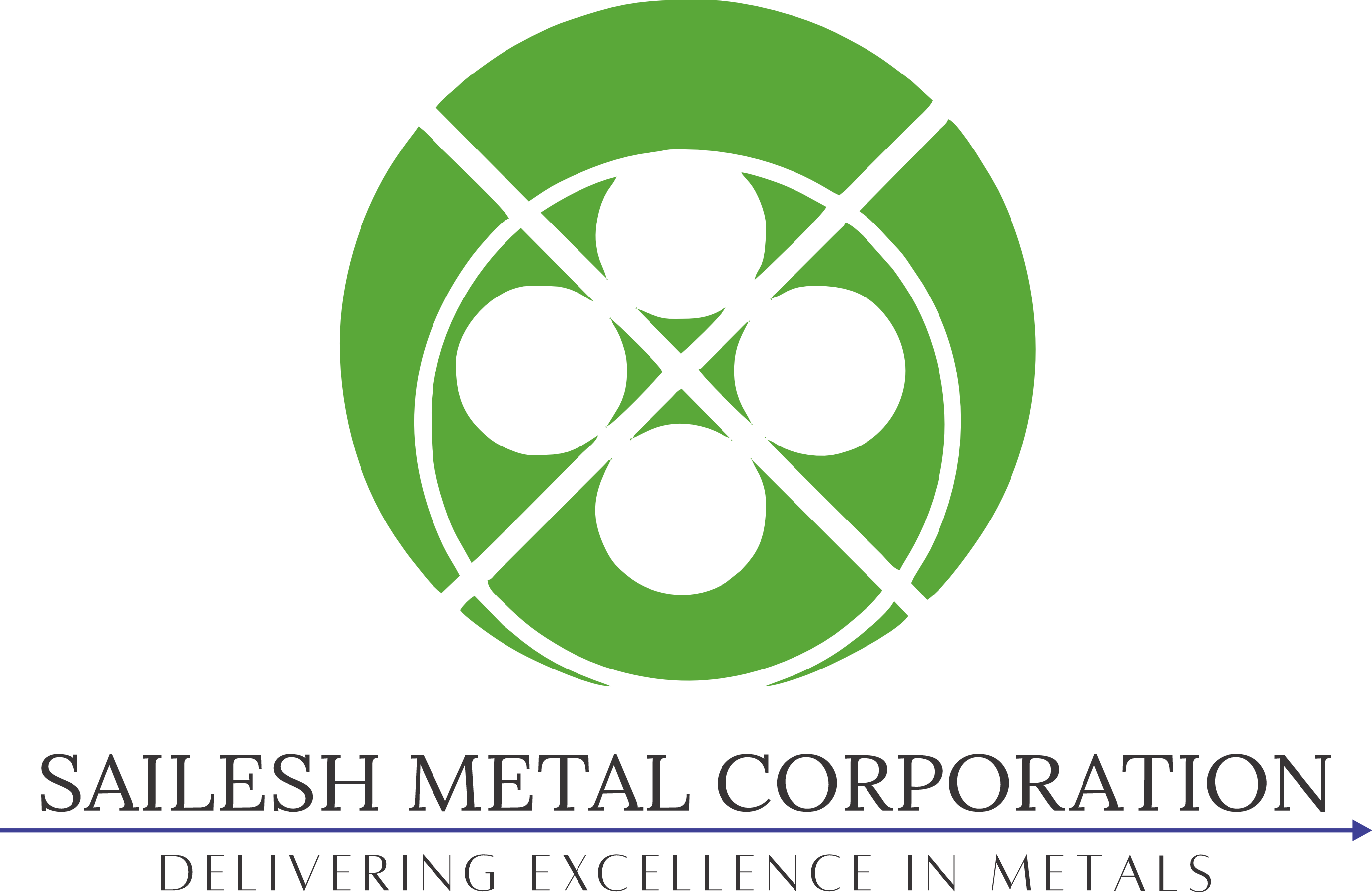HASTELLOY B-2
Other common names: Alloy B-2 Hastelloy B2 is a solid solution strengthened, nickel-molybdenum alloy, with significant resistance to reducing environments like hydrogen chloride gas, and sulfuric, acetic and phosphoric acids. Molybdenum is the primary alloying element which provides significant corrosion resistance to reducing environments. This nickel steel alloy can be used in the as-welded condition because it resists the formation of grain-boundary carbide precipitates in the weld heat-affected zone.
This nickel alloy provides excellent resistance to hydrochloric acid at all concentrations and temperatures. In additions, Hastelloy B2 has excellent resistance to pitting, stress corrosion cracking and to knife-line and heat-affected zone attack. Alloy B2 provides resistance to pure sulfuric acid and a number of non-oxidizing acids.
LIMITING FACTORS OF HASTELLOY B2
Alloy B-2 has poor corrosion resistance to oxidizingenvironments, therefore, it is not recommended for use in oxidizing media or in the presence of ferric or cupric salts because they may cause rapid premature corrosion failure. These salts may develop when hydrochloric acid comes in contact with iron and copper. Therefore, if this alloy is used in conjunction with iron or copper piping in a system containing hydrochloric acid, the presence of these salts could cause the alloy to fail prematurely. In addition, this nickel steel alloy should not be used at temperatures between 1000° F and 1600° F because of a reduction in the ductility in the alloy.
- Great resistance to stress corrosion cracking and pitting
- Significant resistance to reducing conditions like hydrogen chloride, sulfuric, acetic and phosphoric acids
- Resistance to hydrochloric acid at all concentrations and temperatures
HASTELLOY B2


Chemical Composition, %
| Ni | Mo | Fe | C | Co | Cr | Mn | Si |
|---|---|---|---|---|---|---|---|
| Balance | 26.0-30.0 | 2.0 max | .02 max | 1.0 max | 1.0 max | 1.0 max | .10 max |
| P | S | ||||||
| .040 max | .030 max |
IN WHAT APPLICATIONS IS HASTELLOY USED?
Sailesh Metals Corporation Hastelloy B2 alloy can be forged, hot-upset and impact extruded. Although the alloy tends to work-harden, you can have it successfully spun, deep-drawn, press formed or punched. All of the common methods of welding can be used, although the oxyacetylene and submerged arc processes are not recommended when the fabricated item is for use in corrosion service.:
- Chemical processes
- Vacuum furnaces
- Mechanical components in reducing environments
ASTM Specifications
| Pipe Smls | Pipe Welded | Tube Smls | Tube Welded | Sheet/Plate | Bar | Forging | Fitting |
|---|---|---|---|---|---|---|---|
| B622 | B619 | B622 | B626 | B333 | B335 | B564 | B366 |
Mechanical Properties
Annealed Material
| Product | Tensile Min. (ksi) | .2% Yield Min. (ksi) | Elongation Min. |
|---|---|---|---|
| Rod & Bar | 110 | 51 | 40 |
| Sheet/Plate | 110 | 51 | 40 |
| Welded Pipe & Tube | 110 | 51 | 40 |
| Seamless Pipe & Tube | 110 | 45 | 40 |


